
PUMPA - SMART LEARNING
எங்கள் ஆசிரியர்களுடன் 1-ஆன்-1 ஆலோசனை நேரத்தைப் பெறுங்கள். டாப்பர் ஆவதற்கு நாங்கள் பயிற்சி அளிப்போம்
Book Free DemoPhysical change:
In this type of change, only the physical properties such as colour, appearance, size and shape are changed. Also, no new substances are formed in this type. These changes are called temporary changes.
Example:
1. When stretched, the spring may not come to its initial size as before, but it remains the same.
2. When a paper is unfolded, it may have its folding marks, but it remains the same as a plain sheet of paper.
2. When a paper is unfolded, it may have its folding marks, but it remains the same as a plain sheet of paper.

Physical changes
In both of these examples, only the shape is altered where there is no change in the chemical properties.
Dissolution:
A solution is a mixture in which one substance dissolves fully in the other.
The solute is the material that dissolves.
The solvent is the substance that does not dissolve.
The solvent is the substance that does not dissolve.
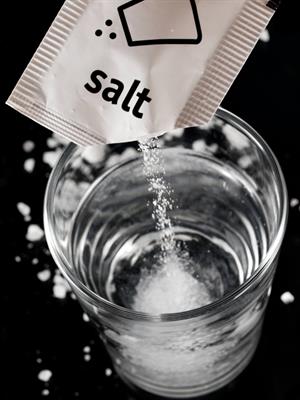
If we add the solvent and solute, we get the solution.
Solution = Solvent + Solute.
Example:
Let us do an experiment to understand this concept clearly.
Step 1: Take some water in a glass.
Step 2: Add a small amount of sugar/salt to that.
We can observe that the sugar/salt is dissolved completely.
Step 1: Take some water in a glass.
Step 2: Add a small amount of sugar/salt to that.
We can observe that the sugar/salt is dissolved completely.
Solvent - Water
Solute - Sugar/Salt
Therefore, the sugar dissolved in water forms the sugar/salt solution.
Changes in water:
In general, water exists in various forms like solid, liquid and gas under different conditions.
The physical state of water changes in other processes, such as
Freezing:
Freezing:
The process in which a liquid form of water changes into a solid form, as ice on cooling,is known as freezing.
Example:
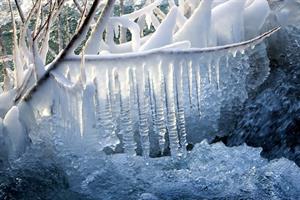
Water turns to ice on cooling
The process in which solid changes into liquid on heating is known as melting.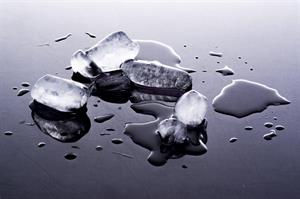
 Evaporation:
Evaporation:
Example:

Ice turns to water on heating

Melting of ice cream
When the water is boiled for some time, its quantity will decrease by changing into water vapour.
The process where the liquid form of water changes into vapour on heating is known as evaporation.
Example:
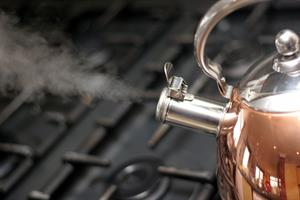
Boiling water in kettle
The process where the water vapour changes into the liquid form of water on cooling is known as condensation.
Example:
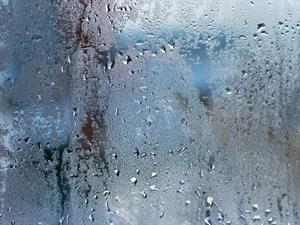
The vapour condenses into water droplets
Sublimation:
In this process, a solid directly changes into vapour on heating without moving to the liquid state is known as sublimation.
Example:

Incense stick
When an incense stick is lit and left to burn for a while, it produces ash and gases. Even though we cannot see the gases, we detect a pleasant odour. This type of transformation is irreversible.

Camphor on burning
The same is true for matchsticks, camphor, naphthalene balls, and so on.